GATEWAY TO THE EUROPE
Berlin, Here We Come!
- Information
- Tour Plan
- Location
- Gallery
- Reviews
- Additional Info
- Similar Tours
What's included
- Entrance tickets to monuments and museums
- First Entrance fees
- Observation and participation in allowed activities
- Professionally guided tour
- Current Hotel Taxes and Service Charges
- Increases in airfares or Government imposed taxes
- Other International flights
- Services not specifically stated in the itinerary
- Tips to guide and driver
- Visa arrangements
High on History
Bismarck and Marx, Einstein and Hitler, JFK and Bowie, they’ve all shaped – and been shaped by – Berlin, whose richly textured history confronts you at every turn. This is a city that staged a revolution, was headquartered by Nazis, bombed to bits, divided in two and finally reunited – and that was just in the 20th century! Walk along remnants of the Berlin Wall, marvel at the splendour of a Prussian palace, visit Checkpoint Charlie or stand in the very room where the Holocaust was planned. Berlin is like an endlessly fascinating 3D textbook where the past is very much present wherever you go.

Party Paradise
Forget about New York – Berlin is the city that truly never sleeps. Sometimes it seems as though Berliners are the lotus-eaters of Germany, people who love nothing more than a good time. The city’s vast party spectrum caters for every taste, budget and age group. From tiny basement clubs to industrial techno temples, chestnut-canopied beer gardens to fancy cocktail caverns, saucy cabarets to ear-pleasing symphonies – Berlin delivers hot-stepping odysseys, and not just after dark and on weekends but pretty much 24/7. Pack your stamina!

Cultural Trendsetter
When it comes to creativity, the sky’s the limit in Berlin, which is one of Europe’s big start-up capitals. In the last 20 years, the city has become a giant lab of cultural experimentation thanks to a spirit that nurtures and encourages new ideas as well as to once abundant space and cheap rent. Although the last two of these are definitely a thing of the past. Top international performers still grace Berlin’s theatre, concert and opera stages; international art-world stars like Olafur Eliasson and Jonathan Meese make their home here; and Clooney and Hanks shoot blockbusters in the German capital. Highbrow, lowbrow and everything in between – there’s plenty of room for the full gamut of cultural expression.

Laid-back Lifestyle
Berlin is a big multicultural metropolis but deep down it maintains the unpretentious charm of an international village. Locals and expats follow the credo ‘live and let live’ and put greater emphasis on personal freedom and a creative lifestyle than on material wealth and status symbols. Cafes are jammed at all hours, drinking is a religious rite and clubs keep going through the weekend into Monday. Size-wise, Berlin is pretty big but its key areas are wonderfully compact and easily navigated on foot, by bike or with public transport.

- Day 1
- Day 2
- Day 3
- Day 4
- Day 5
WWII Past & Present Tour
Berlin Street Art & Graffiti Tour
City Sightseeins
Half-Day Walking Tour
The Legend of Tempelhof
More about Berlin
More about this tour
Berlin, capital and chief urban centre of Germany. The city lies at the heart of the North German Plain, athwart an east-west commercial and geographic axis that helped make it the capital of the kingdom of Prussia and then, from 1871, of a unified Germany. Berlin’s former glory ended in 1945, but the city survived the destruction of World War II. It was rebuilt and came to show amazing economic and cultural growth.
Climate
Berlin lies where the influence of the Atlantic Ocean fades and the climate of the continental plain begins. The city’s mean annual temperature is about 48 °F (9 °C), and mean temperatures range from 30 °F (−1 °C) in winter to 65 °F (18 °C) in summer. The average precipitation is 22 inches (568 mm). About one-fifth to one-fourth of the total falls as snow.
The city layout
The original twin towns of Berlin and Kölln developed from the early 13th century onward, on an island of the Spree River (the site of Kölln) and a small portion of land on the north bank of the river facing the island (the site of Berlin). While still a small town, it became the capital of the electoral princes of Brandenburg from the end of the 15th century onward. From the late 17th and early 18th centuries, when the electors of Brandenburg (also kings of Prussia from 1701) developed into powerful figures on the European political stage, the city expanded and gained a Baroque appearance; new castles, such as Charlottenburg Palace, were built. The central quarter expanded and was embellished with broad avenues, handsome squares, and grandiose stone buildings. The central area acquired broad north-south avenues, such as Wilhelmstrasse and Friedrichstrasse, and also its characteristic east-west road axis. Supplementing this main axis are several exit roads that now serve as major traffic arteries. In the late 19th century suburbs developed around these arteries and their subsidiary streets. Where destruction during World War II was massive, there has been large-scale construction of modern apartment and office buildings, one of the most famous being the Hansa Quarter, built by renowned architects from many countries.


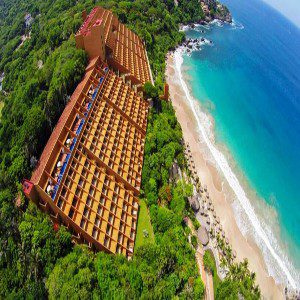
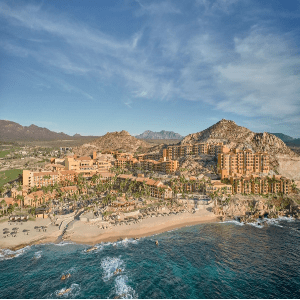

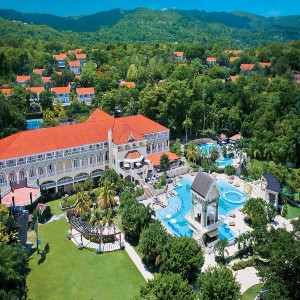
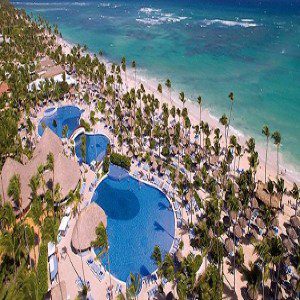
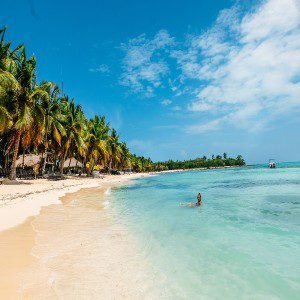






There are no comments yet.